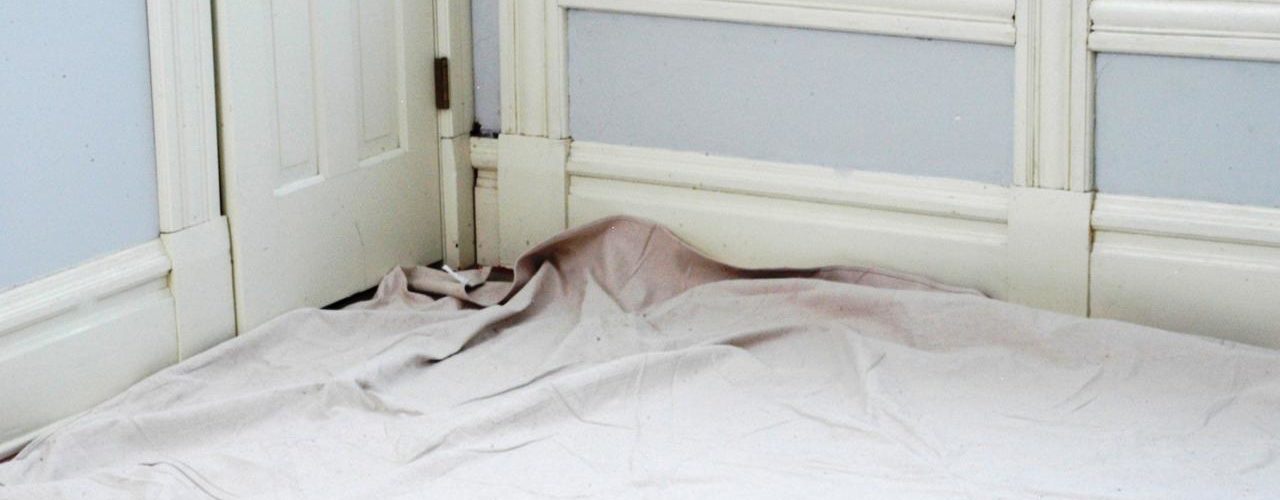Whether you have moved into a new home or you are just trying to update the same old rooms, changing the paint colors can drastically change the mood and theme. While it may seem like an undertaking, painting rooms yourself can help you feel more in control and more in tune with your home. Even beginners can feel like professional painters by the end of a simple project as long as they follow a few simple steps.
Preparation
While preparing to paint may seem like a tedious task, it is important to follow all of these steps in order to protect your furniture, flooring and windows.
- First, you must prepare the room to be painted by removing as much furniture as possible. For larger rooms, it may be easier to move all furniture to the center of the room.
- Start preparing the walls by filling holes and sanding them.
- Next, you must clean all corners of the room and remove dirt from the baseboards and trim. This will prevent any debris from showing in the paint while making the lines more crisp.
- Remove all hardware such as light switch plates or outlet plates.
- The final step of preparation is the process of taping off edges and laying down drop cloths. This protects floors as well as ceilings or edges of walls that you are not going to paint.
Paint Selection
It is important that you select the correct amount of paint so that you don’t run out or get stuck with more than what is necessary. On average, one gallon of paint can cover about four hundred square feet. There are two major types of interior paint to choose from. They are separated by oil based or water based. Oil based paints normally have a longer drying time and irritating odors than water based paints. In addition, there are different types of finishes to select from as well. There is a range of gloss types as well as flat or matte finishes. While the gloss finishes are easier to clean, they will show lines in the paint much easier.
Begin Painting
After all of the preparation and research, it is now time to begin painting the room.
- Start by using a paintbrush to cut the paint in around the edges of the walls. Depending on the color of the paint and the type of finish, you may have to do several coats around these edges.
- Next, using a roller, paint the inside of the walls. Take special care around edges and corners to keep paint in the necessary lines. While covering the roller, make sure you roll excess paint off in the tray before going to the wall. Again, you may find it necessary to put several layers of paint on the wall.
As the paint dries, you may be able to see brush strokes or roller lines. This is normal, but you may have to paint an additional coat if these lines do not fade once the paint is completely dry.
While painting even the smallest room can feel like a huge task, the process is made much simpler with preparation and patience. By becoming better educated on the subject, you have a greater chance of being successful and being happier with the final product. Remember to have fun with the project as you add your own personal style to the rooms you paint.
Helpful links: DIY



